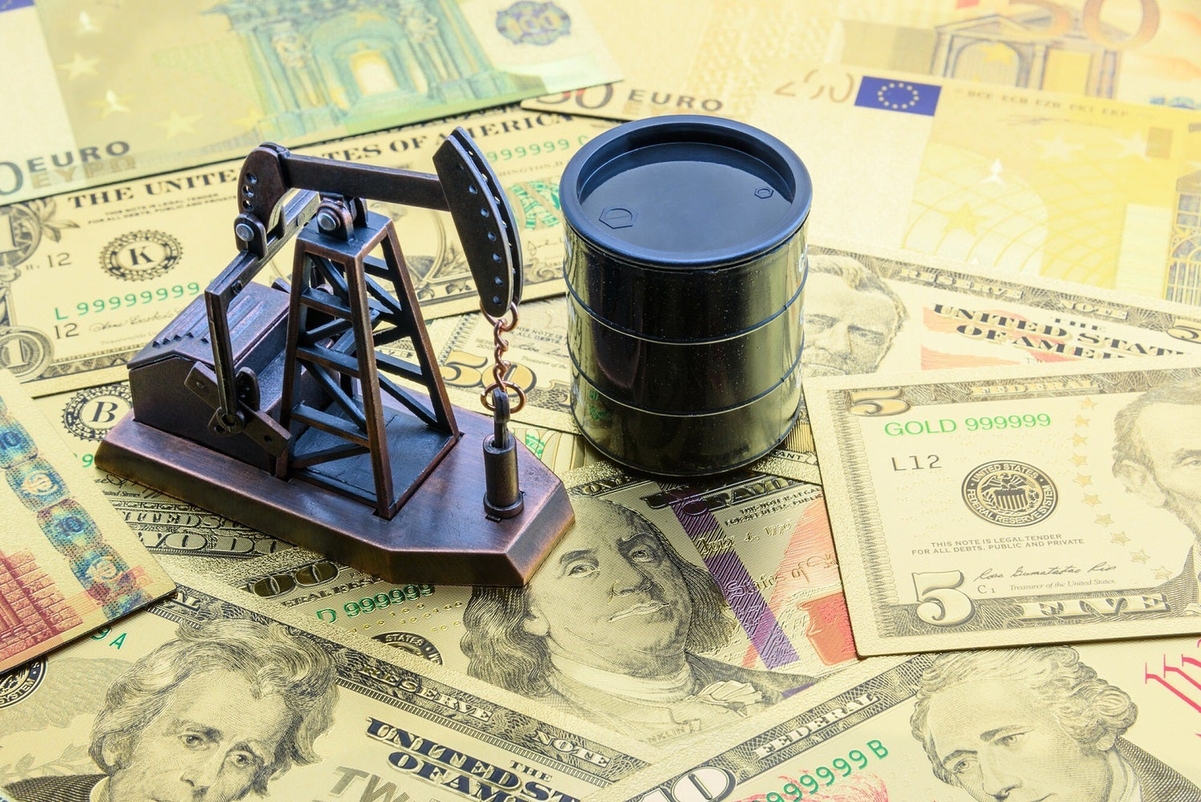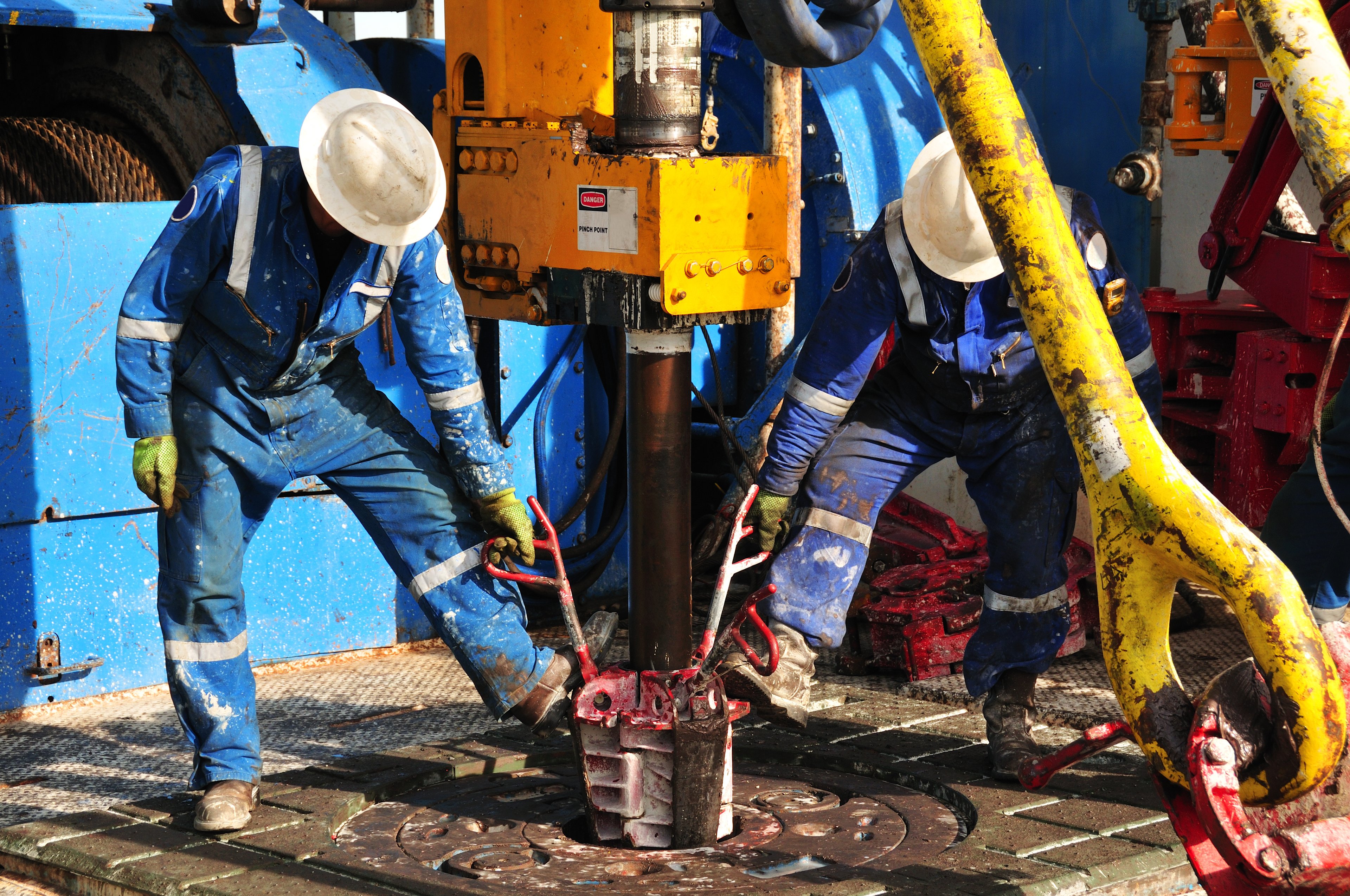Devon Energy (DVN +0.05%) stumbled at the end of 2017 due to some production problems, which caused shares to plunge earlier this year. The stock has yet to recover and remains down by double digits even though the company recently surprised investors by announcing a $1 billion buyback and a 33% dividend increase. Shares could, however, begin clawing back some of the lost ground if Devon Energy reports strong first-quarter earnings later this week. Here are a few things to keep an eye on in that report.
Are its production problems in the rearview mirror?
Devon Energy expected to end 2017 producing between 255,000 and 265,000 barrels of oil per day (BPD). Instead, production averaged just 246,000 BPD due to two issues outside of its control. The first problem was that 50 wells operated by partners in the STACK shale play of Oklahoma didn't come on line during the quarter as expected. In addition to that, the company encountered some unplanned maintenance at its Jackfish complex in Canada. These two matters cost the company 11,000 BPD of production during the quarter.

Image source: Getty Images.
While Devon said that those 50 wells did come on line at year-end, it also detailed a few more production problems when it reported fourth-quarter results in February that affected it in early 2018. Devon said that severe winter weather in January, the timing of well connections in the Eagle Ford, and some additional performance issues in Canada would result in production averaging between 242,000 and 252,000 BPD during the first quarter. The company can't afford to come in below that level due to additional problems because that would raise even more concerns in its ability to forecast.
Did Devon keep a lid on costs?
In addition to getting its drilling operations back on track, Devon also needs to prove to investors that it can keep its costs in check as oil prices rise. Several peers have noted that inflation has started driving up service and equipment costs, forcing them to spend more than they'd budgeted. Parsley Energy was among those bit by inflation. The company initially thought it would invest between $1 billion and $1.15 billion in capital expenses last year. However, service cost inflation caused spending to top $1.2 billion. As a result, Parsley Energy said that it anticipates 2018 capital spending to be at the upper end of its $1.35 billion to $1.55 billion budget.
Devon Energy currently expects to spend between $2.2 billion and $2.4 billion on capex this year. Furthermore, the company said that it would deliver "step-change improvement in capital efficiency" as it shifts to development mode in the STACK and Delaware Basin. Staying on track with that spending forecast while also remaining on pace with its production outlook would prove that the company has indeed delivered the step-change improvement that it promised.

Image source: Getty Images.
Any word on additional asset sales?
Last May, Devon Energy announced plans to sell another $1 billion of non-core assets to shore up its financial position further. The company hit that goal earlier this year when it sold its southern Barnett Shale position. However, Devon has recently hinted that it's not done paring down its portfolio.
At a recent industry conference, CEO Dave Hager said that the company is "working on [a] portfolio simplification of significant scale," and that it could sell up to $5 billion of assets in the coming years. Given the CEO's comments, investors should see if the company has anything to say about additional asset sales, since they'd provide Devon with more cash to potentially repurchase its beaten-down shares.
A show-me quarter
Devon Energy needs to prove that the fourth quarter was just a small setback in its turnaround by delivering first-quarter results that at least match expectations. That would show investors that the company's issues were indeed temporary and not part of a more significant underlying operational problem. It would also help instill some confidence in Devon's plan to create value, which could help jump-start its stock.






